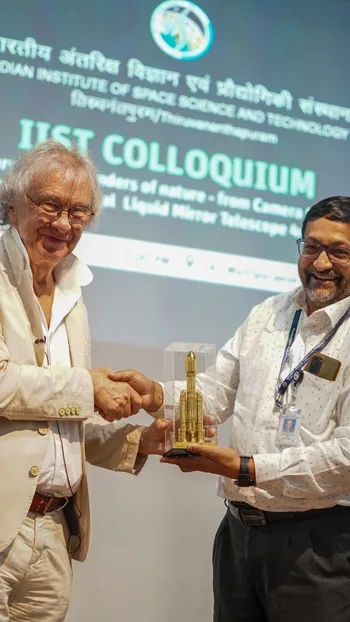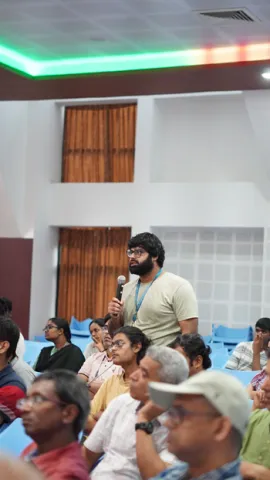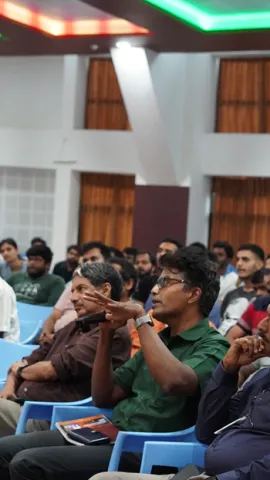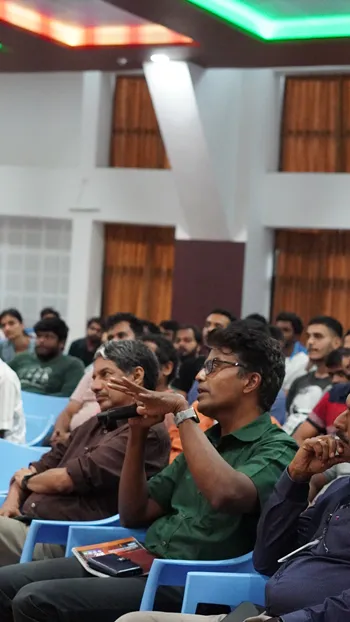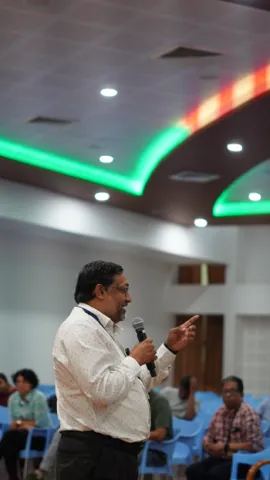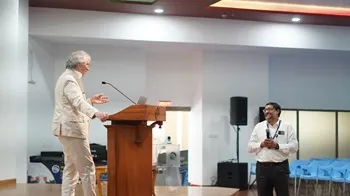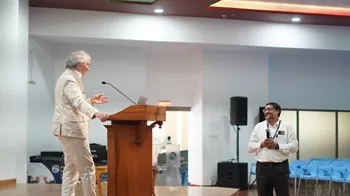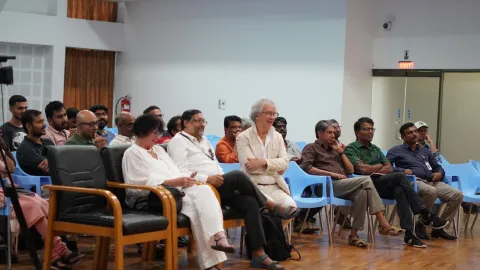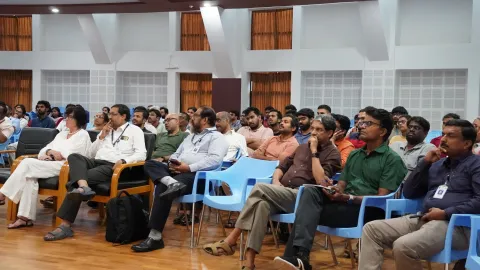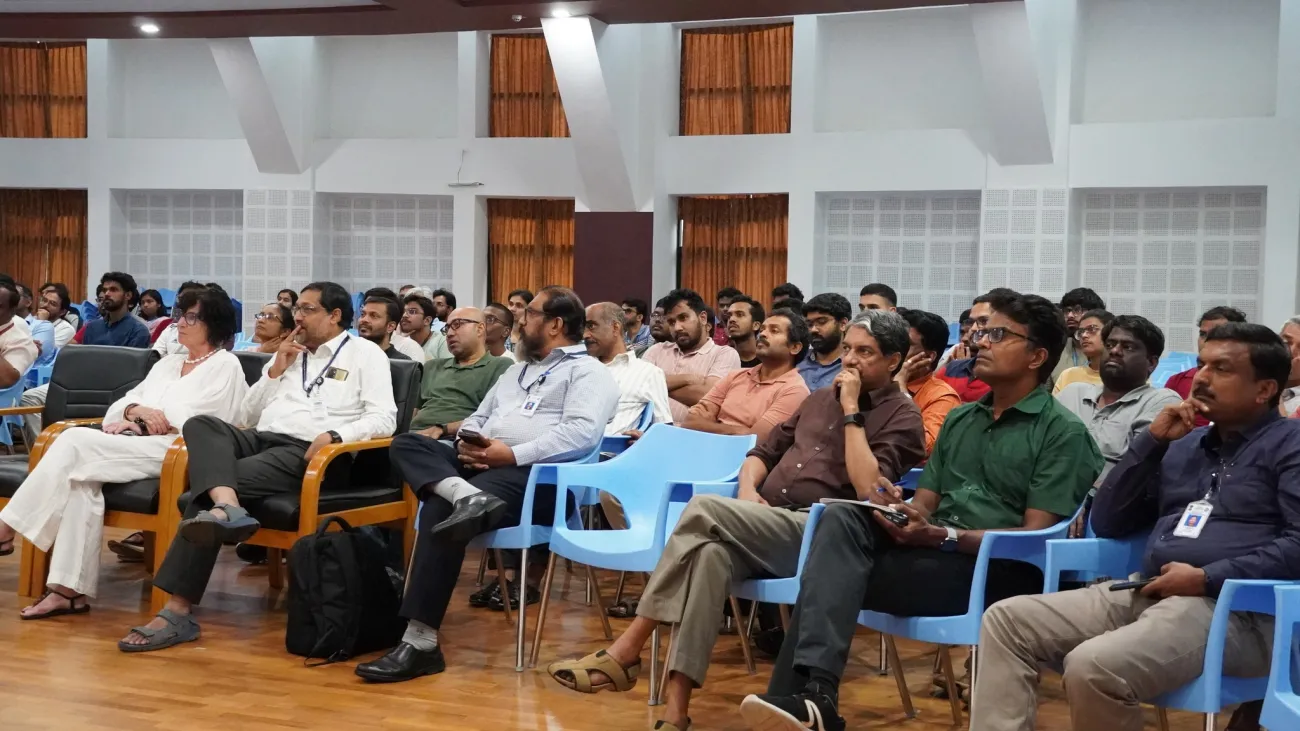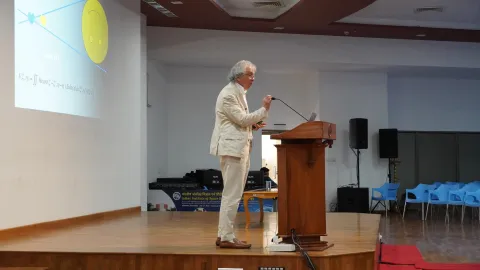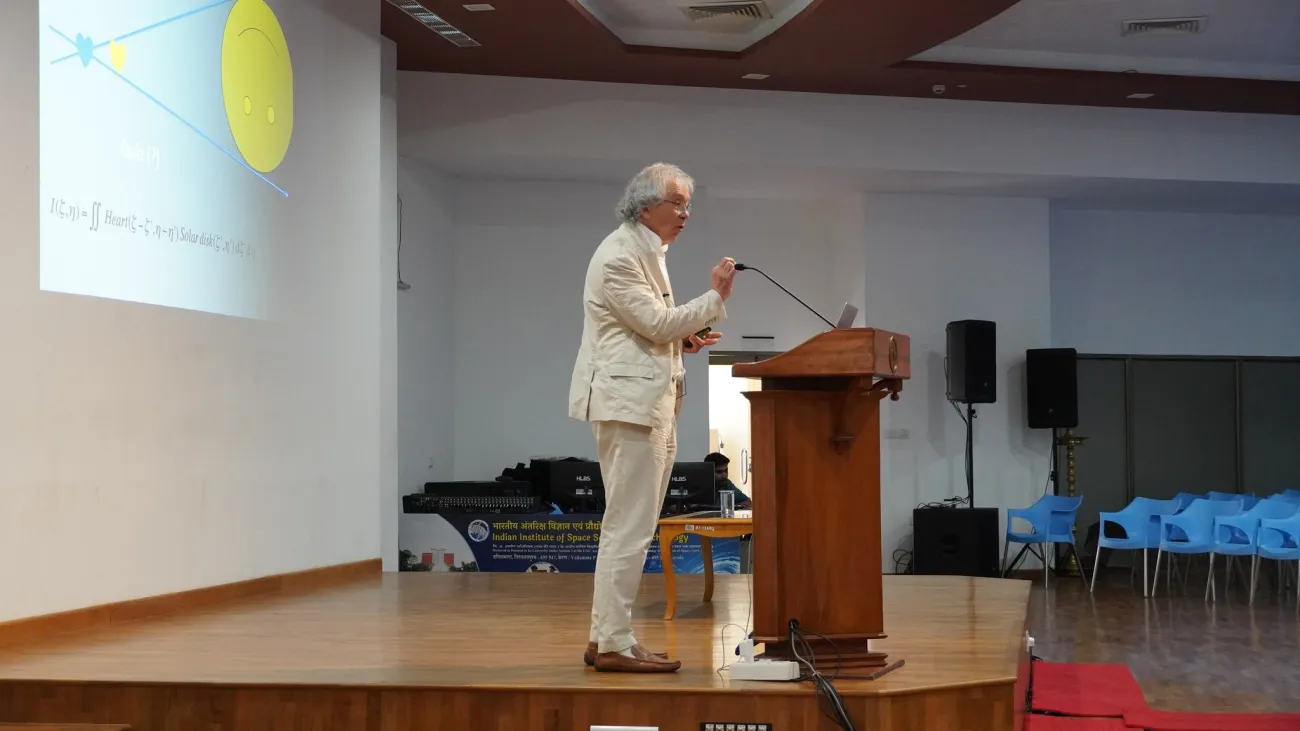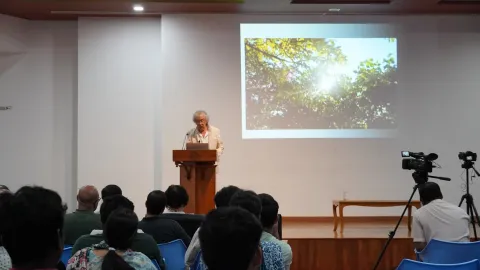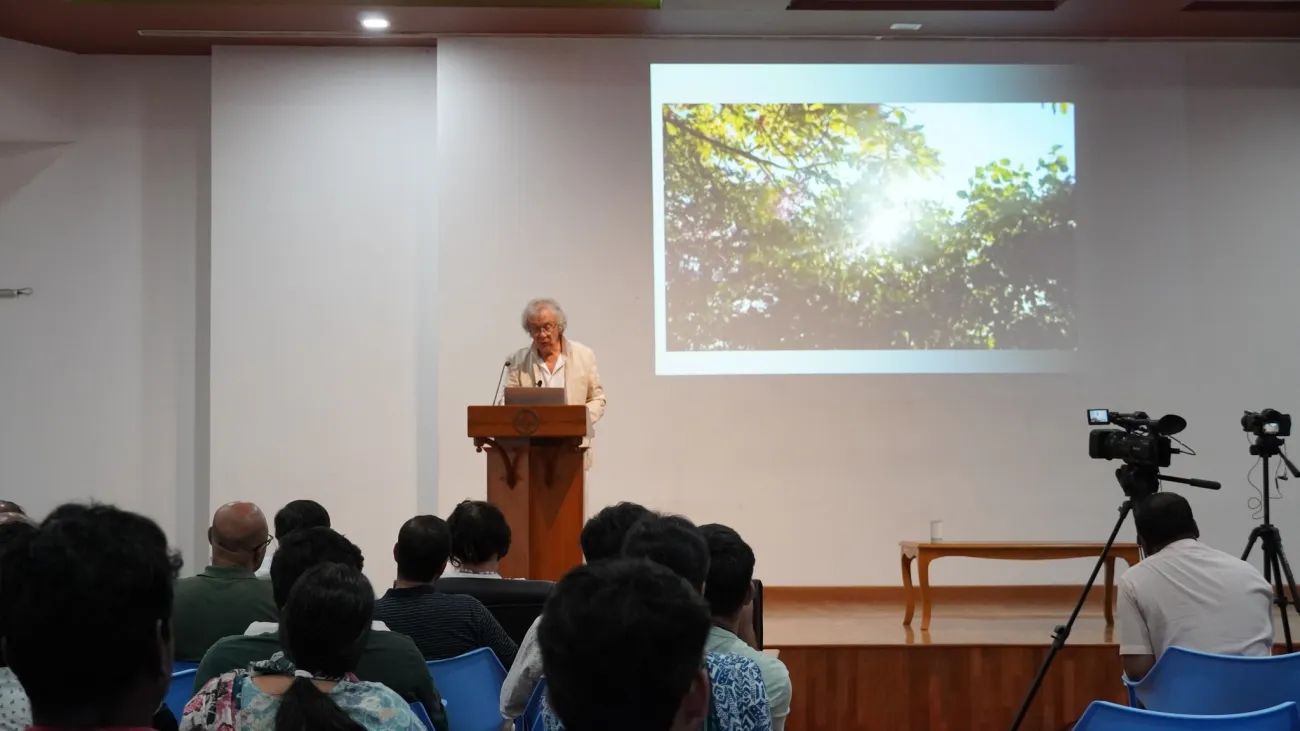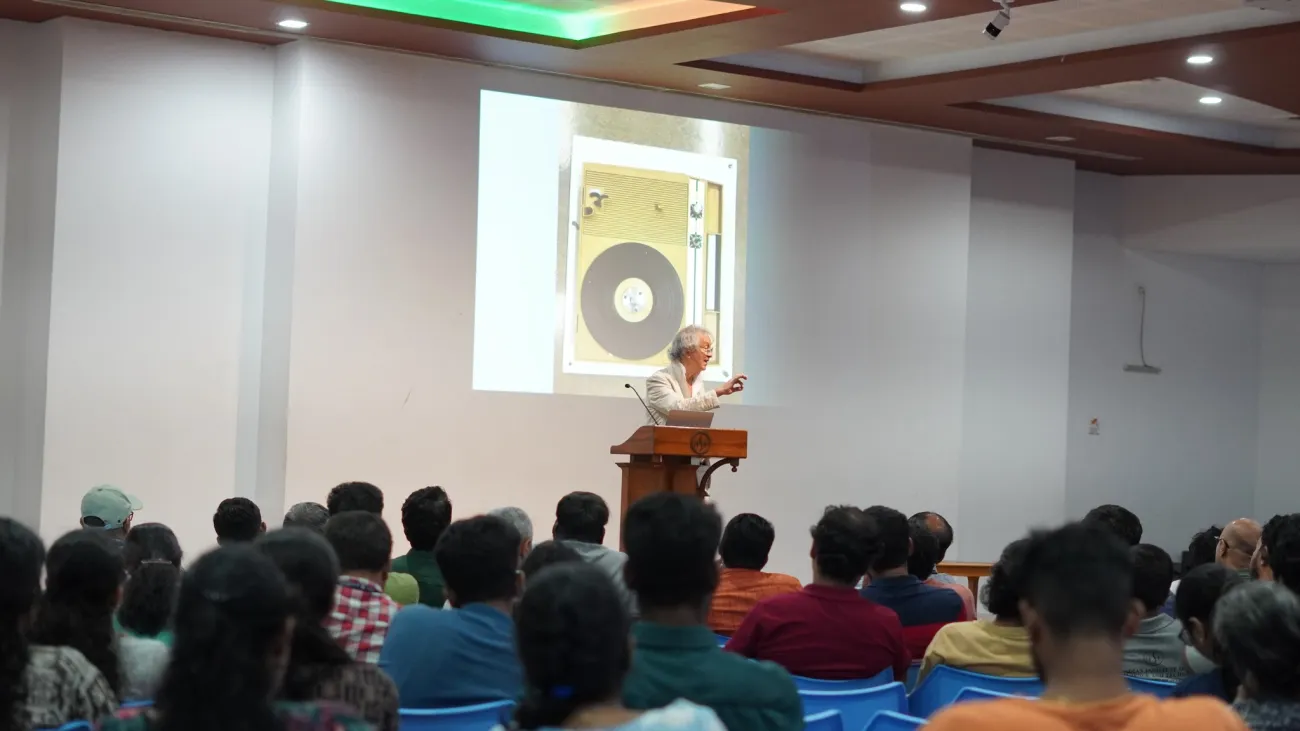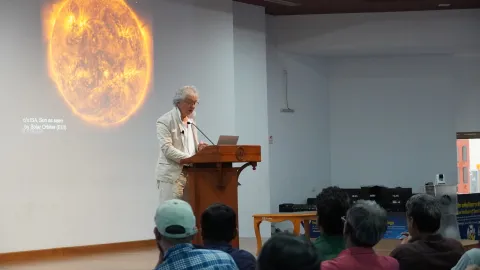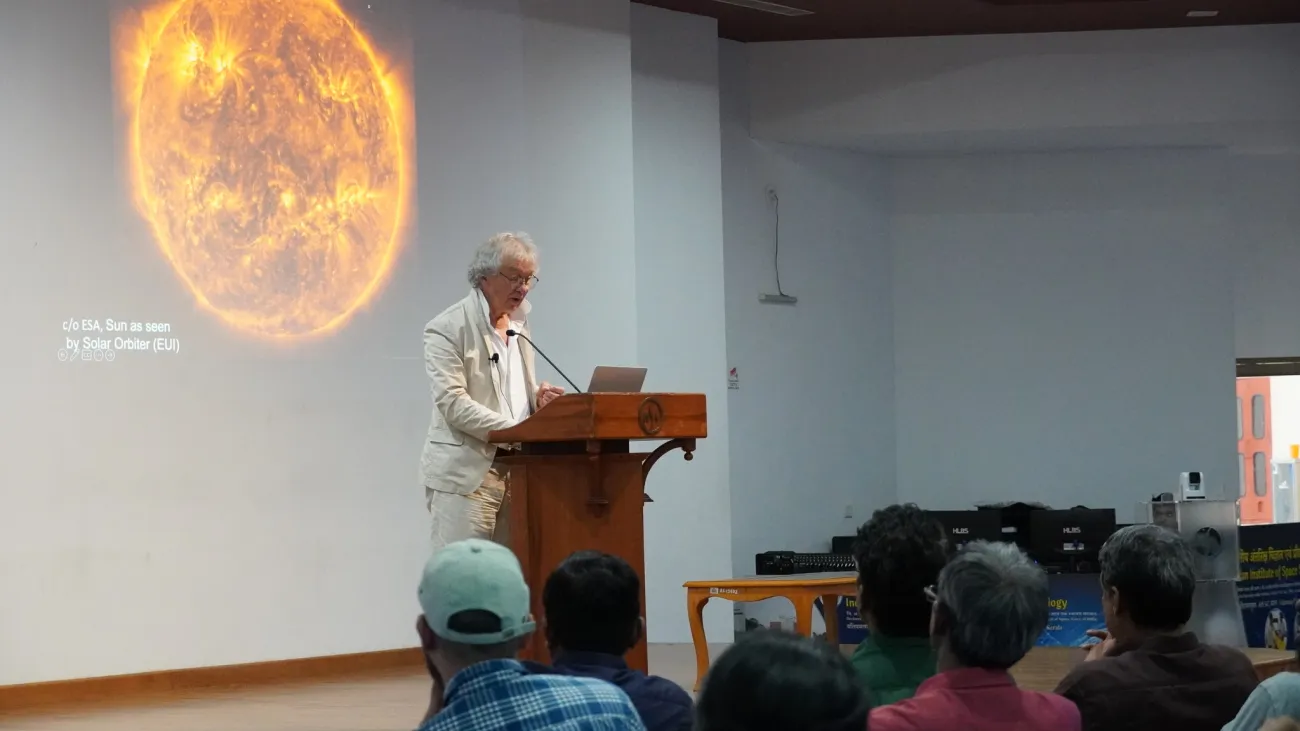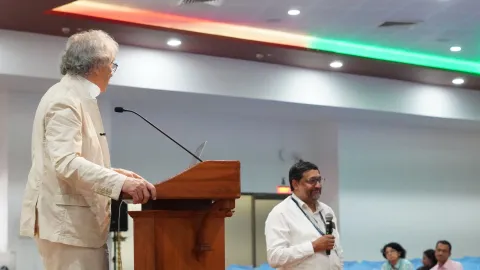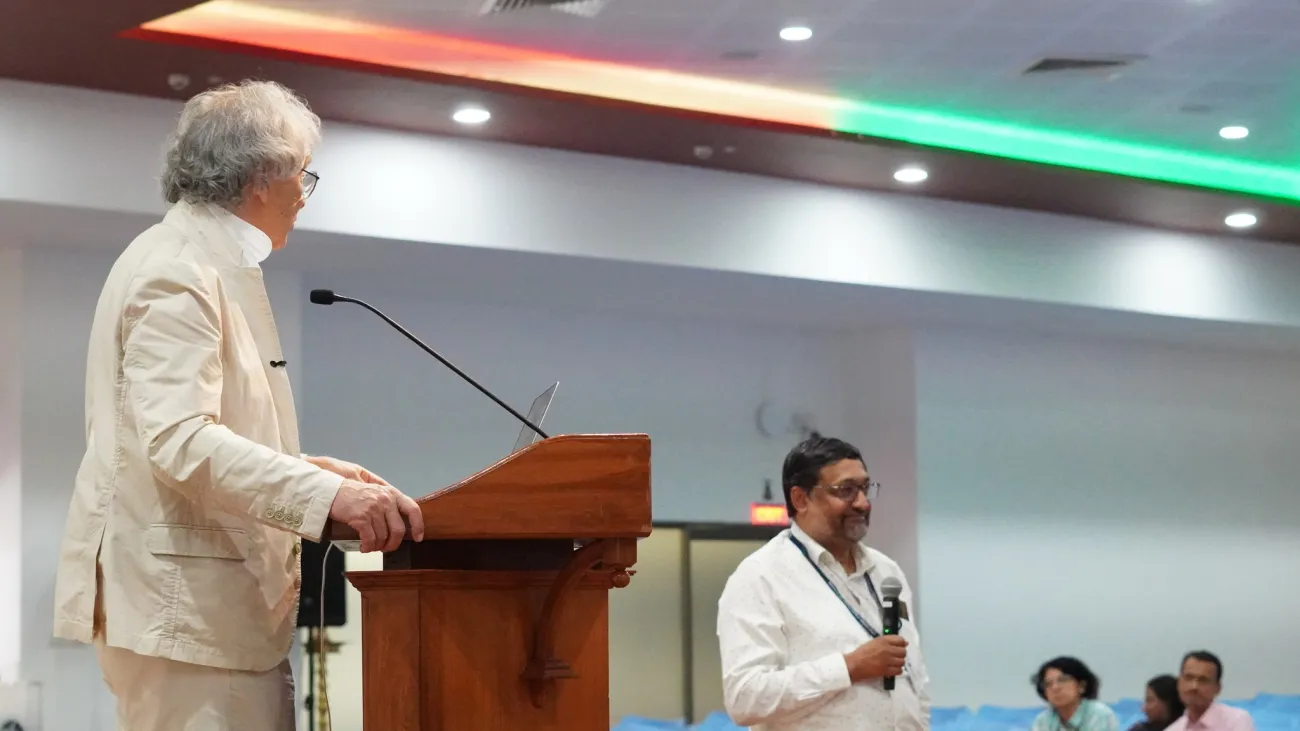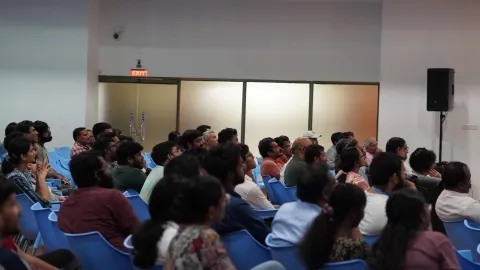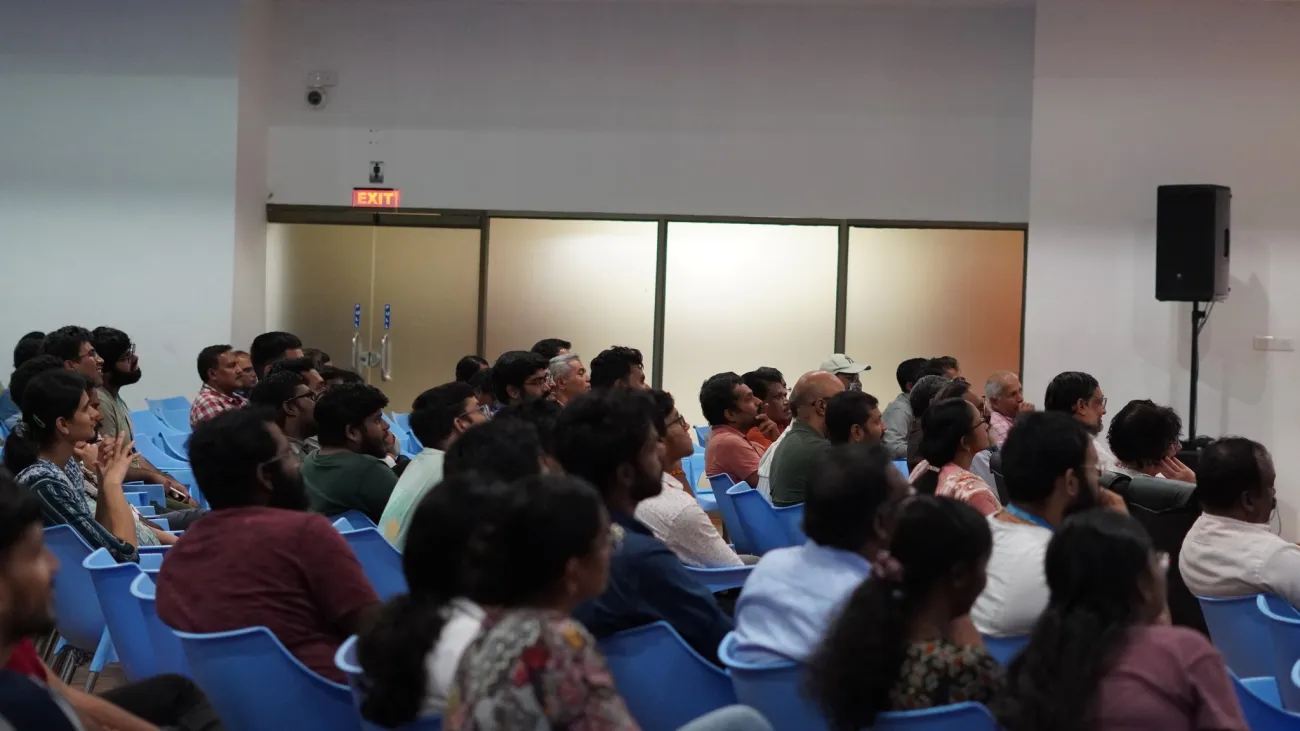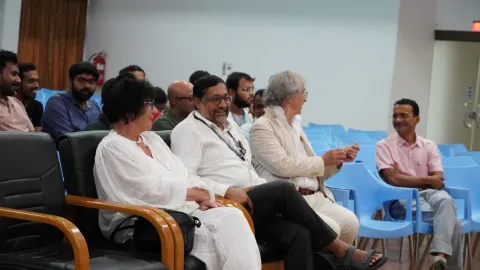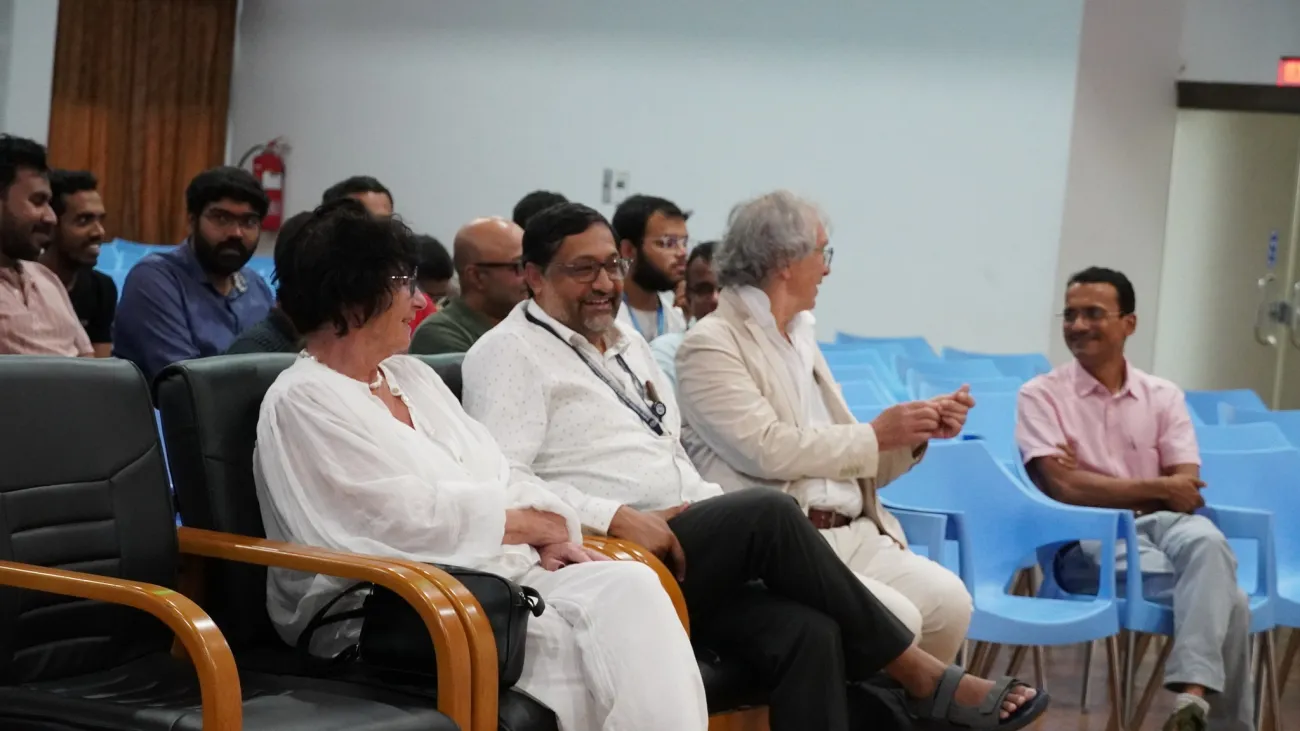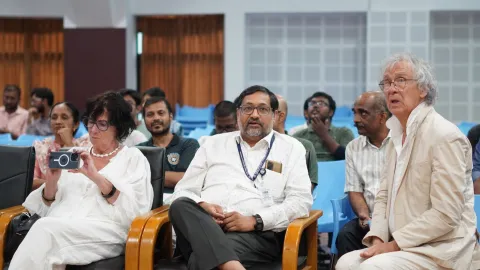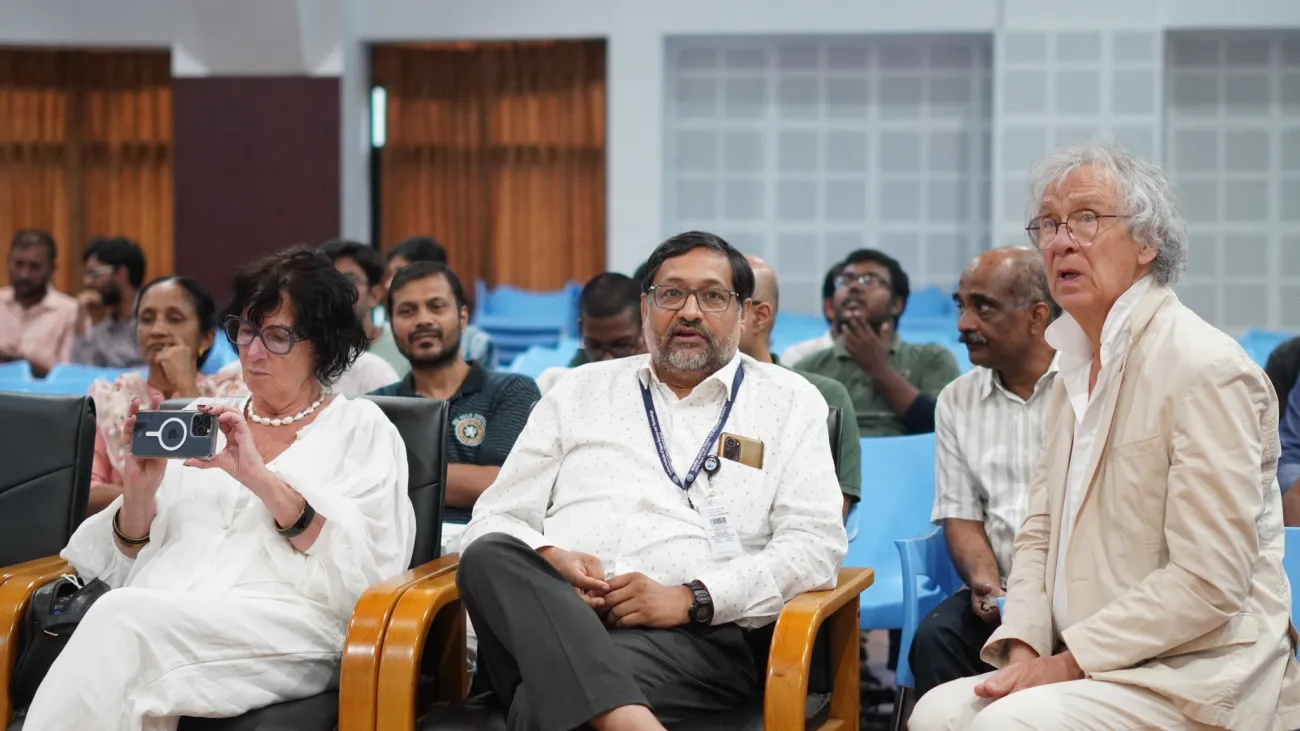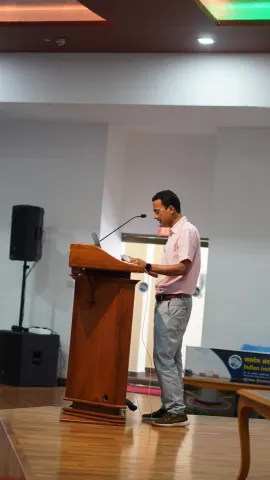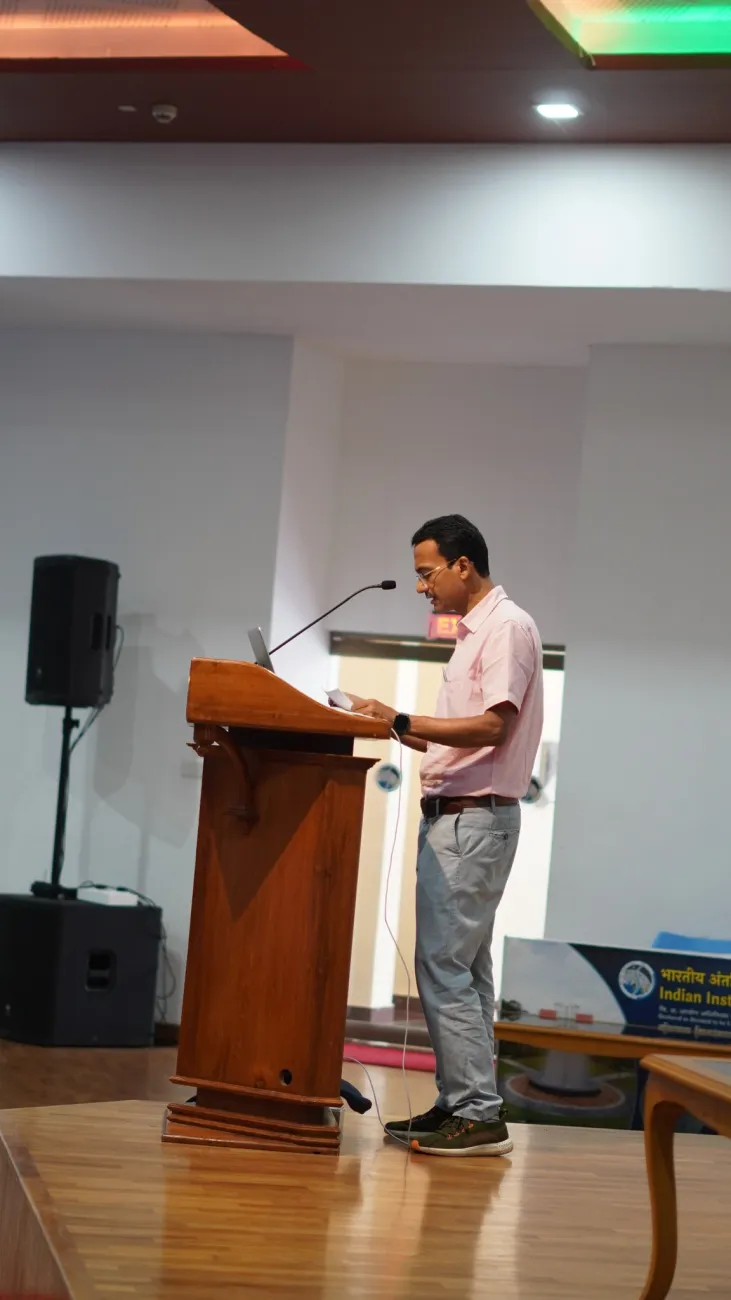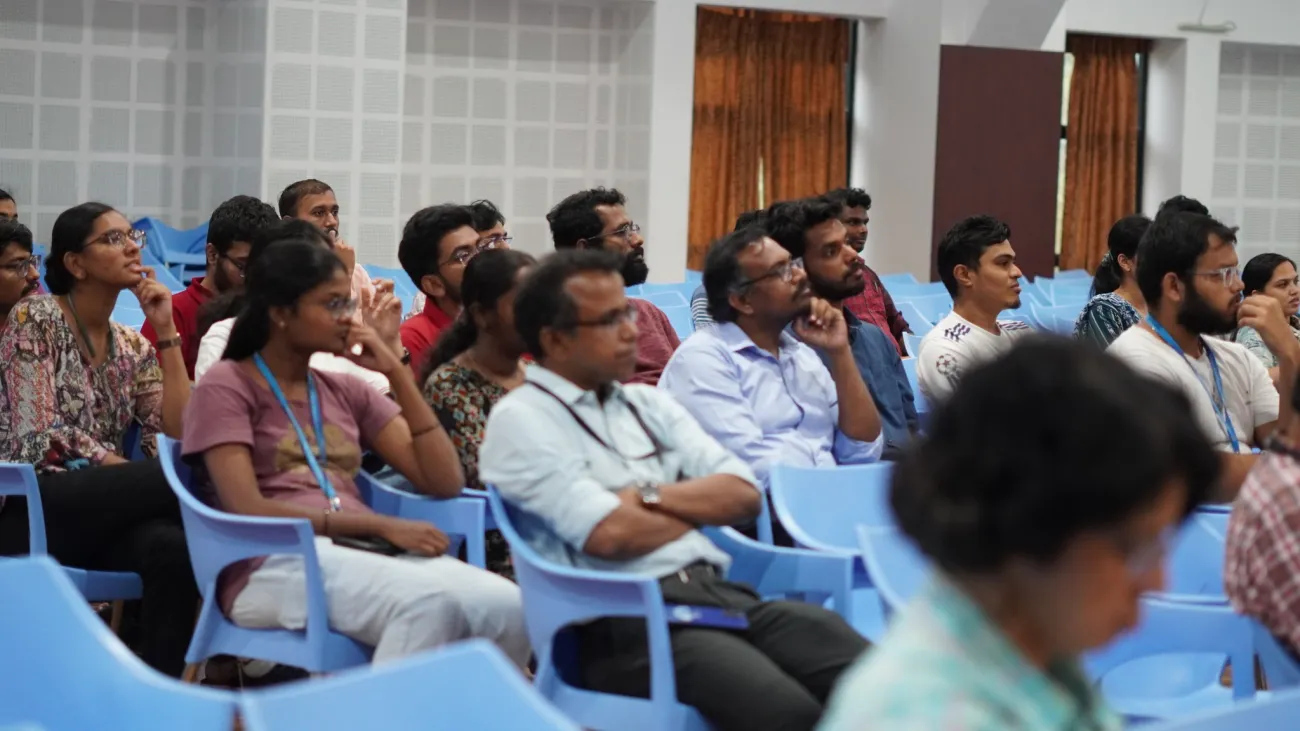Observing the Wonders of Nature - From Camera Obscura to the International Liquid Mirror Telescope 4m (ILMT)
Once again, Mother Nature is at the forefront of astrophysical inventions: the ‘camera obscura’ … inspiring physicists with the principle of how a telescope works. Dr Jean Surdej looked at how such a camera works and how, by slightly modifying it, we can focus the light rays from a distant source onto a single point. He showed how, using an old record player, a pie plate, a magnifying glass and a little olive oil, one can make a liquid-mirror telescope at least 25 cm in diameter. Astronomers and engineers from Liège (Belgium), in association with Indian and Canadian colleagues, have built a much larger one: the 4m International Liquid Mirror Telescope (ILMT). This innovative instrument uses a rotating mirror 4 metres in diameter, coated with a thin film of liquid mercury, to collect and focus the light. A liquid mirror telescope takes advantage of the fact that the surface of a rotating liquid naturally takes on a parabolic shape, which is ideal for focusing light rays. The reflected light passes through a sophisticated multi-lens optical corrector that produces sharp images over a wide field of view. A large-format electronic camera at the focus records the images. The 4-metre International Liquid Mirror Telescope (ILMT) has been installed at the ARIES (Aryabhatta Research Institute for Observational Sciences) site in India's central Himalayas at an altitude of 2,450 m (Devasthal, Uttarakhand). First light was obtained on, and the telescope is currently recording superb images.
Dr Jean Surdej, Honorary Full Professor and Research Director (F.R.S.- FNRS) at University of Liège, Belgium and VAJRA Adjunct Faculty at ARIES (Nainital, India)
Venue
Event Details
-
Mode:In-Person




